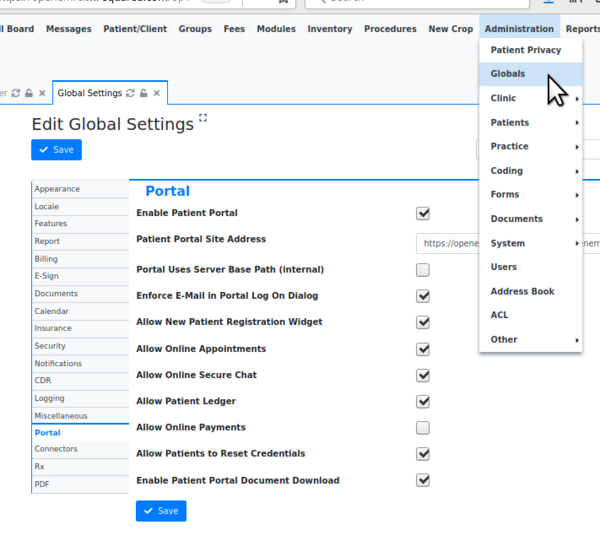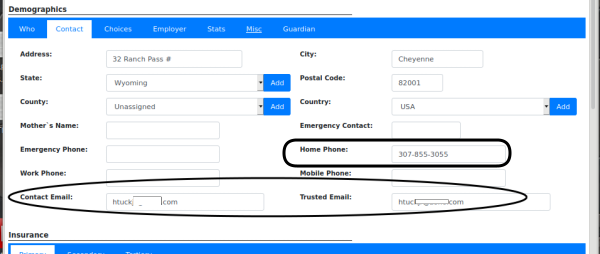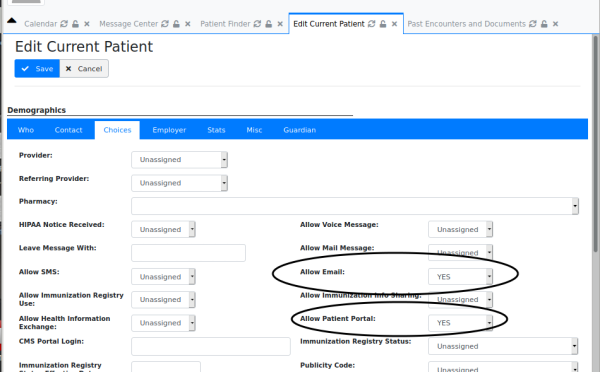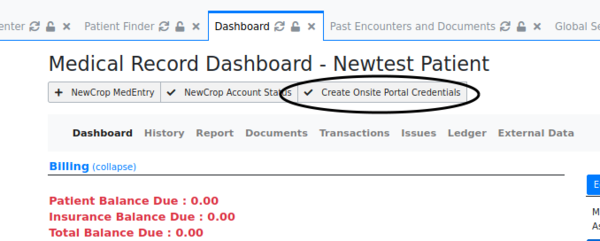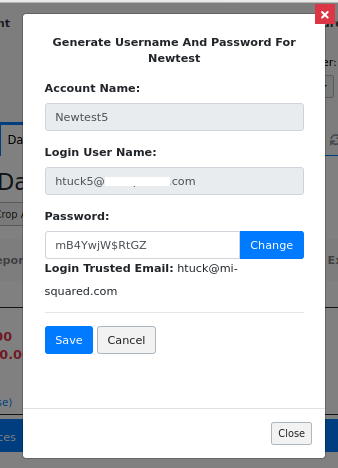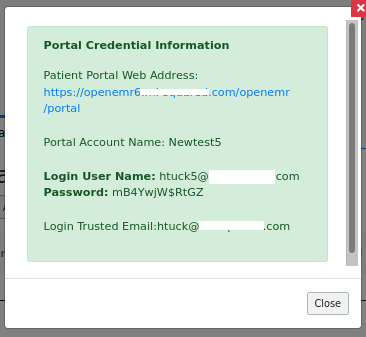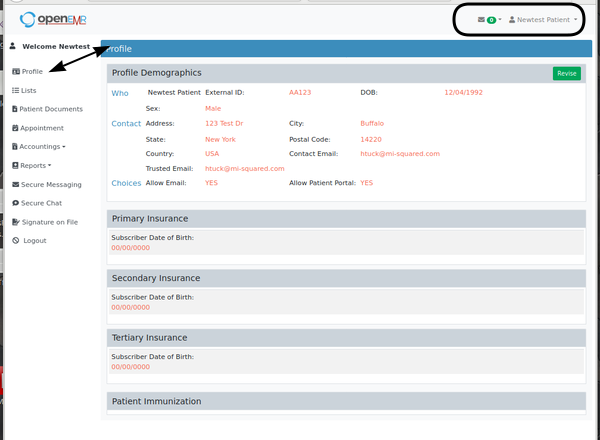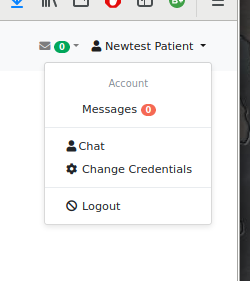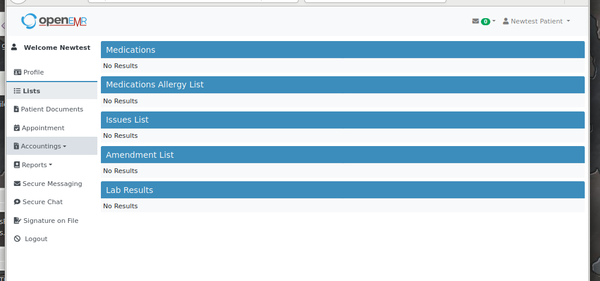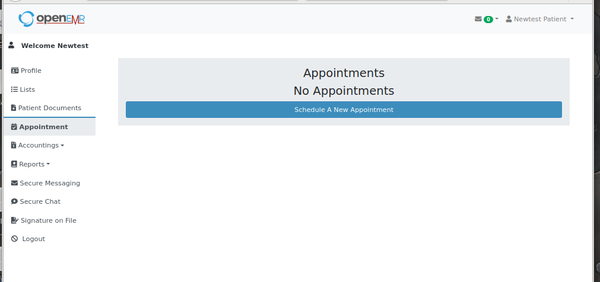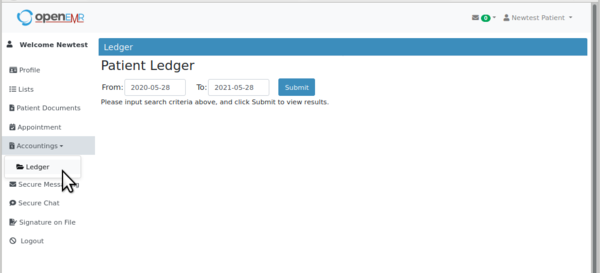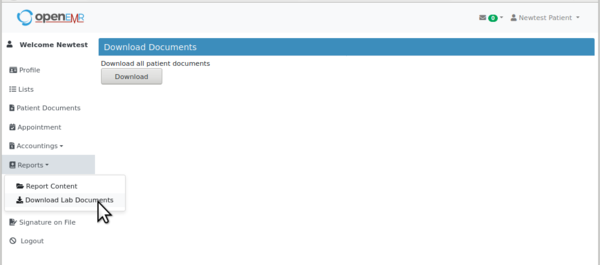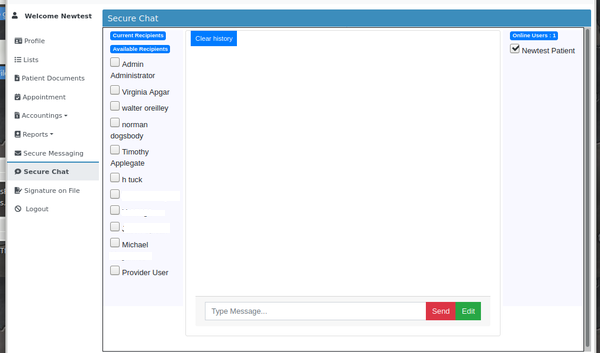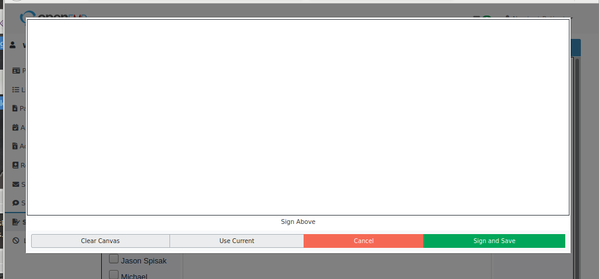HOWTO Activate a Patient's portal access - v6.0
Introduction
OpenEMR's patient portal capability has come in several configurations and been called many things over the years (and in older documentation). Currently, it is called 'The Patient Portal', or possibly the 'Native Patient Portal' to differentiate it from the 3d party portals that one might find added to OpenEMR.
The Patient Portal has received significant updates since the main v4.2 documentation and the supplemental 5.0 features. It seems about time to issue a complete re-write of the basic instructions of how to activate the portal and sign up a patient from inside OpenEMR, showing the v6.0 interface.
This doc borrows heavily from the 'Native Patient Portal' section of Patient Portal (all hail SherwinGaddis !) with some new features added.
- HTuck MI-Squared
Procedure
High-Level View - the main steps of this process:
- 1. Activate portal in OpenEMR Globals: Upon logging into OpenEMR, top menu tab: Administration>Globals>Portal: add a checkmark to "Enable patient portal" field.
- 2. Authorize patient in OpenEMR: This is patient-specific.
- 3. Create patient login credentials
- 4. Patient initial login
Activate portal in OpenEMR Globals
The portal is part of the OpenEMR codebase which merely needs to be activated for it to be accessed on the same server as the EMR itself. As seen in the Globals portal setting, the portal is a sub-page of the EMR.
Activation and selections of options occurs in (main menu:) Administration/ Globals/ Portal
The individual settings:
- Enable Patient Portal - turn it on
- Patient Portal Site Address - This is the base URL of the practice's OpenEMR; the portal is a sub-site in it. Surf to this URL to log in.
- Portal Uses Server Base Path (internal) - this setting is not completely obvious. Per the OpenEMR forum, if you get a 'URL not found' when attempting to access the portal, switch the checkbox to whatever it is not.
- Enforce E-Mail in Portal Log On Dialog - require that the patient enter an email in addition to their login credentials
- Allow New Patient Registration Widget - activate the capability of patients to register themselves as patients in the practice's OpenEMR, by using the portal.
- Allow Online Appointments - let patients make appointments from the portal
- Allow Online Secure Chat - let patients communicate with clinic staff from the portal
- Allow Patient Ledger - let patients view their ledger in the portal
- Allow Online Payments - let patients make payments on account from the portal
- Allow Patients to Reset Credentials - let patients make new login credentials from the portal
- Enable Patient Portal Document Download - let patients download portal documents
2. Authorize patient in OpenEMR
Multiple Demographics settings must be correct for a patient to use the patient portal. Note, the starting state of patient unauthorized for the portal:
tab: Contact
- Contact email and Trusted email - depending on the EMR's patch version both of these need to be provided. They may be the same.
- Home Phone
- Click 'Save' if changes were made
tab: Choices
- Allow email - YES
- Allow Patient Portal - YES
- Note: In order for the patient to be emailed their portal login credentials an email address needs to be set in Administration->Globals->Notifications->'Patient Reminder Sender Email' (not pictured) and the SMTP server needs to be set up. See instructions for that elsewhere.
- Click 'Save' if changes were made
3. Create patient login credentials
In dashboard screen:
- The portal button has changed to 'Create Onsite Portal Credentials' (oval below)
- Click it
- Note the login is a numbered variant of the trusted email username.
- A print dialog opens to print the credentials-- not pictured since its appearance varies by computer system.
- Print it, or close the print dialog to see the credentials:
At this point, you may surf to the portal URL as shown in the globals setting for 'Patient Portal Site Address ', the first image in this document.
NOTE: If using the same browser to log into the portal as you are using to create the portal account,
it would be prudent to close the EMR before trying to log into the portal.
4. Patient Initial Login
This document is only intended to show how to activate a patient's portal account. But let's just briefly run over the screens that will be seen in the default portal.
Each screen pulls its information from the related (often named the same) section of the patient's record in the EMR.
See each screen's name in the top blue bar and in the menu down the left edge of the display (arrow in next image)
Profile
- home screen showing demographics information
- patient communications widget, the round rectangle at the top right (image below)
- note green button at top right to 'Revise' demographics
Patient Communications widget
- shows messages from clinic staff
- gives access to other functions
Lists
- of patient's clinical information
Document Center
- documents for the patient to maintain in the portal
- is a separate collection from documents in the EMR
- click 'Home' button (oval at top right below) to return to the home screen
Appointments
- requests for appointments made here will be passed to clinic staff for approval
Ledger
- see their current account
Reports
- view various reports
- download lab reports
Patient Secure Email
- send/ receive secure emails
- click 'Exit' (oval below) to return to the home screen
Secure Chat
- secure messaging system with clinic staff
Signature On File
- patient can leave a hand-written signature on file with which to sign documents in that section above.
- click 'Cancel' or 'Save' (colored buttons at the bottom) to return to the home page
Related documentation
The Patient Portal has some associated functionality documented elsewhere for OpenEMR v5 but still applicable to v6.
